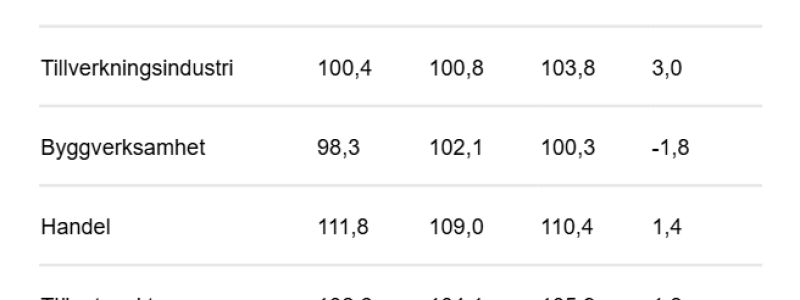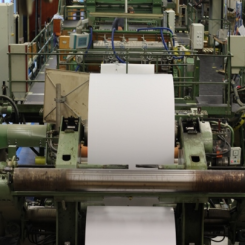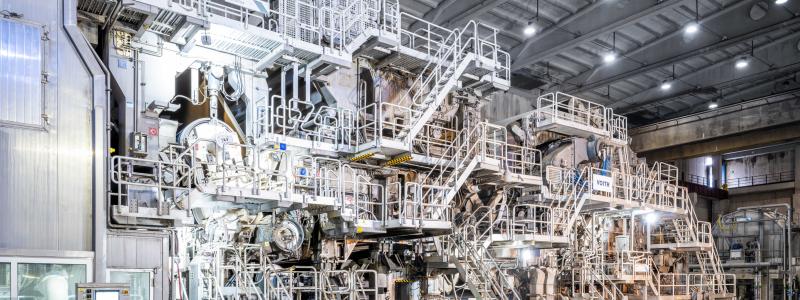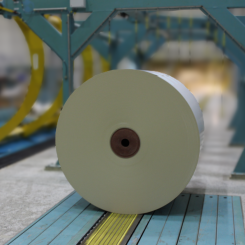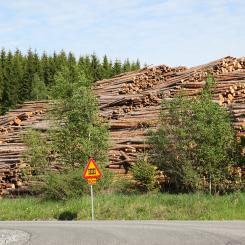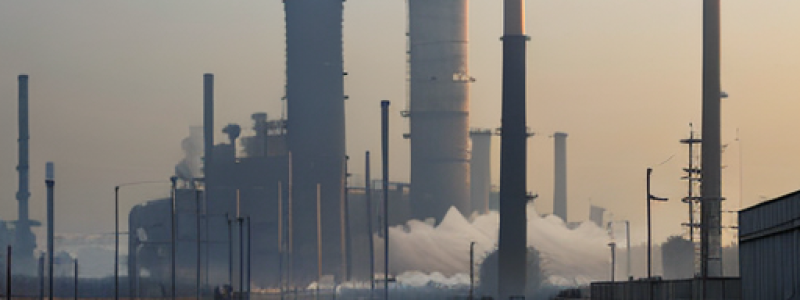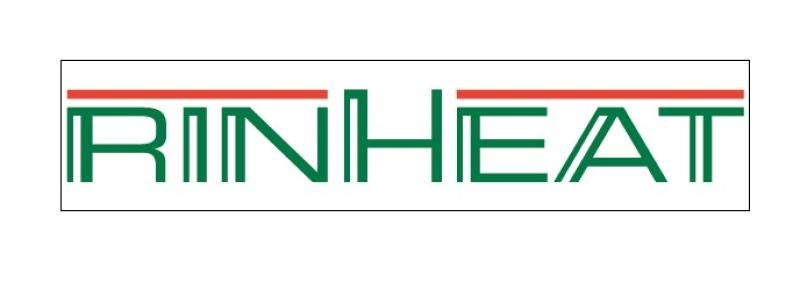The United Kingdom boasts a storied past in the realm of paper manufacturing, tracing its origins back to the world’s first mechanical paper machine at Frogmore Paper Mill in 1803.
Today, despite not ranking among the top global producers like China, the United States, or Japan, the UK maintains a significant stance in the paper industry. It stood as the 20th largest paper-producing nation in 2022 (latest figures available), contributing substantially to the British economy by employing around 60,000 individuals, generating annual revenue of approximately 12 billion British pounds, and adding over 3.5 billion British pounds in gross value.
Paper production: Trends and materials
In recent years, the UK's paper and board production witnessed a decline, dropping from 3.64 million metric tons in 2021 to 3.46 million metric tons in 2022. Corrugated case materials, essential for corrugated packaging, accounted for 1.48 million metric tons of this production. This sector saw an increase of over 12.6 per cent from 2010, driven by the growing demand for paper packaging. In contrast, the production of graphic papers has seen a significant decrease, impacted by the rise of digitalization.
The UK faces a unique challenge in the paper industry due to its lack of extensive forests, which are common in other paper-producing nations. However, it compensates through the recycling of large quantities of paper each year. Recovered papers comprise about 70 per cent of the raw materials used in the UK paper industry, with wood pulp making up roughly a quarter.
Consumption and imports
The UK's appetite for paper is among the largest globally, with a consumption of 7.2 million metric tons of paper and boards in 2022. Packaging materials dominate this consumption, making up almost 60 per cent, while printing and writing papers represent 19 per cent, and tissue paper products, including toilet paper and hygiene items, account for 13 per cent.
Given that domestic production falls short of meeting this demand, the UK relies heavily on paper imports. In 2022, the country was responsible for 4.4 per cent of the world's paper imports, marking a significant reliance that began when imports surpassed domestic production for the first time in 1981.
Looking ahead
The UK's paper industry is at a crossroads, balancing its rich historical legacy with the modern challenges of environmental sustainability, digitalization, and the need for recycled materials. As it moves forward, the industry's ability to adapt and innovate will be crucial in maintaining its relevance and contribution to the economy, continuing a tradition that began over two centuries ago at Frogmore Paper Mill.
The journey from being a pioneer in paper manufacturing to navigating the complexities of the 21st century encapsulates a legacy of resilience and innovation, signifying the enduring importance of paper in our lives and economies.
Källa: Statista.com







